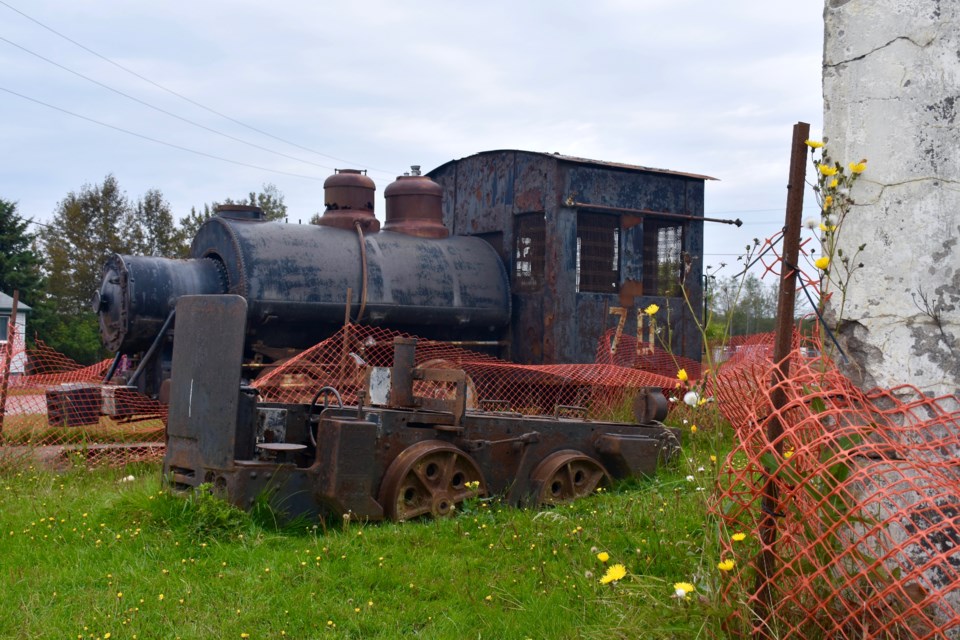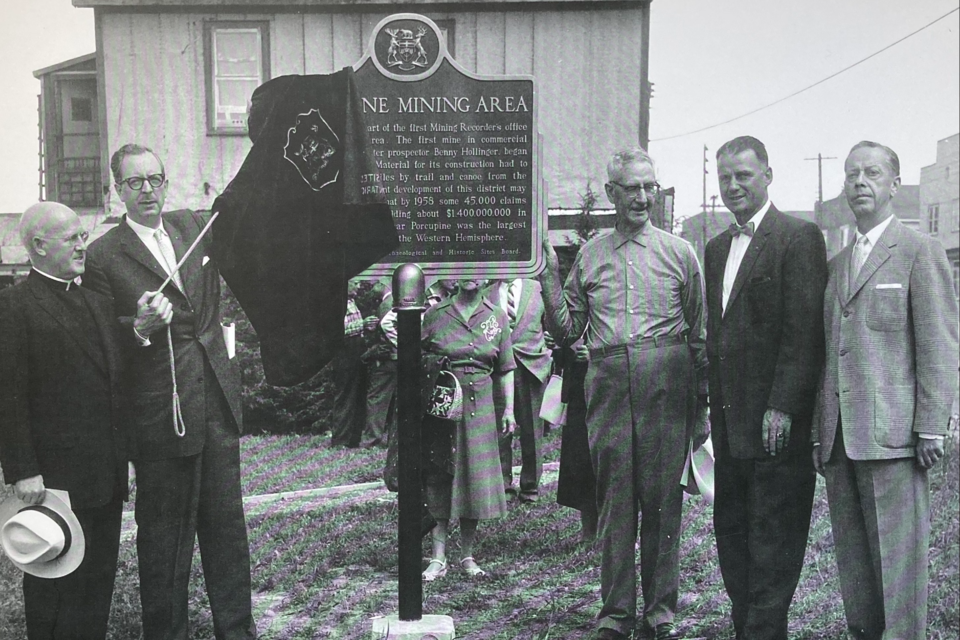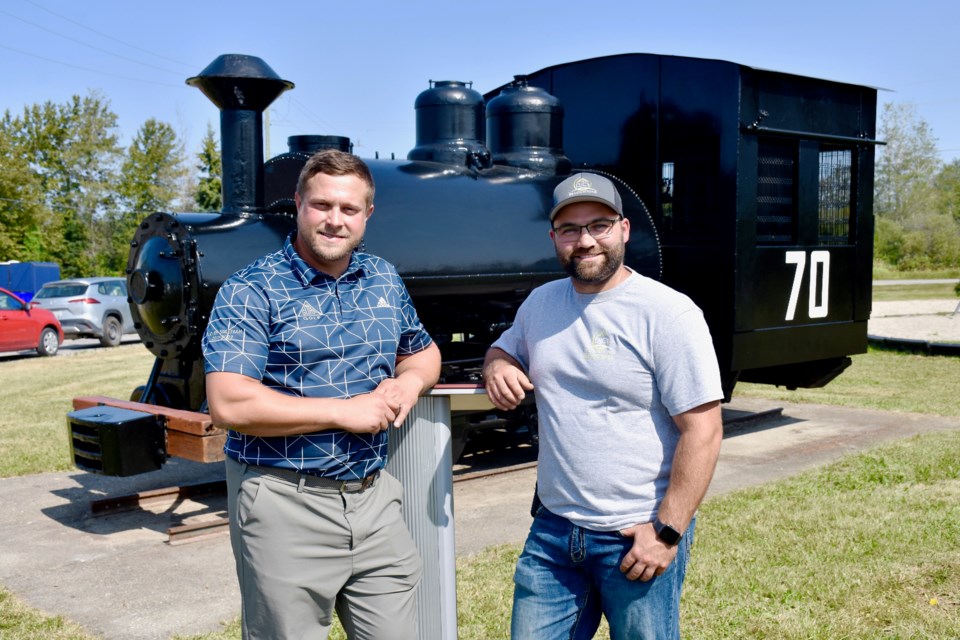This story was originally published on Aug. 13, 2024. It's being shared again for readers who may have missed it.
When a Porcupine company rolled up its sleeves to refurbish a historic train, they didn't anticipate how much steam the project would pick up.
For the last nine months, the historic Hollinger 70 locomotive has been at Gorf Manufacturing, a short drive down the road from where it's usually found at the Porcupine Historical Park. It was returned to its home across from Bannerman Park on the shores of Porcupine Lake last week.
In the months that it was at Gorf, CEO Brad Norkum said a lot of people stopped by the office or emailed to find out about how the project was going.
"It was multiple people so it was nice to hear their side stories of the history of what it meant to them,” he said.
A small ceremony with local dignitaries was held today to mark the end of the project, which also saw an arrastra and the original mine recorders' office vault that was built on the site in 1910 restored. A City of Timmins plaque has also been installed to explain the history behind the artifacts.
The arrastra was found in the bush near the Buffalo-Ankerite mine on Gold Mine Road.
“This apparatus was used to grind ore in preparation for assaying, a technique used by miners going back thousands of years,” explained Karen Bachmann, Timmins Museum: NEC curator.

It's taken 354 man-hours over the last year to restore the train and vault, with the latter work done by DJC Renovation.
The whole train was split apart, with the cab and tank being removed, said Norkum.
While there weren't any structural issues with the steam engine itself, the cab was a challenge.
"The cab had a lot of steel that … we kept what we could but we definitely had to slice and dice some areas and install new steel, sandblast and paint the whole thing,” he said.
This is the second time that Gorf has helped restore the train, which was originally installed in 1958. About 30 years ago, Gorf also stepped up to breathe new life into the beloved locomotive.
Timmins MPP and Minister of Mines George Pirie noted the Norkum family's commitment to the community, which he said is usually done very silently.
The park at the corner of King Street and Bellemare Street has been a popular destination for kids and families for decades.
Growing up, Norkum and his family are part of that legacy.
“I did see a comment my sister posted on Facebook that she made the Daily Press back in the day hanging off the back of the train. I wasn’t part of that picture, but definitely part of some memories growing up as a child playing out here,” he said.
How much the train means to people has been captured since it returned to its tracks last week.
“Once we delivered it on Tuesday last week and the Facebook posts started erupting," said Norkum.
"Prior to all those comments coming through, I would not (have been) able to explain that it’s going to be as popular as it was. It’s very exciting that everyone was thrilled with it."

The location of the park is also significant to the area's rich mining history.
It's across from the shores of Porcupine Lake, where the prospectors — including George Bannerman, who started the Porcupine Gold Rush in 1909 — arrived in the area.



